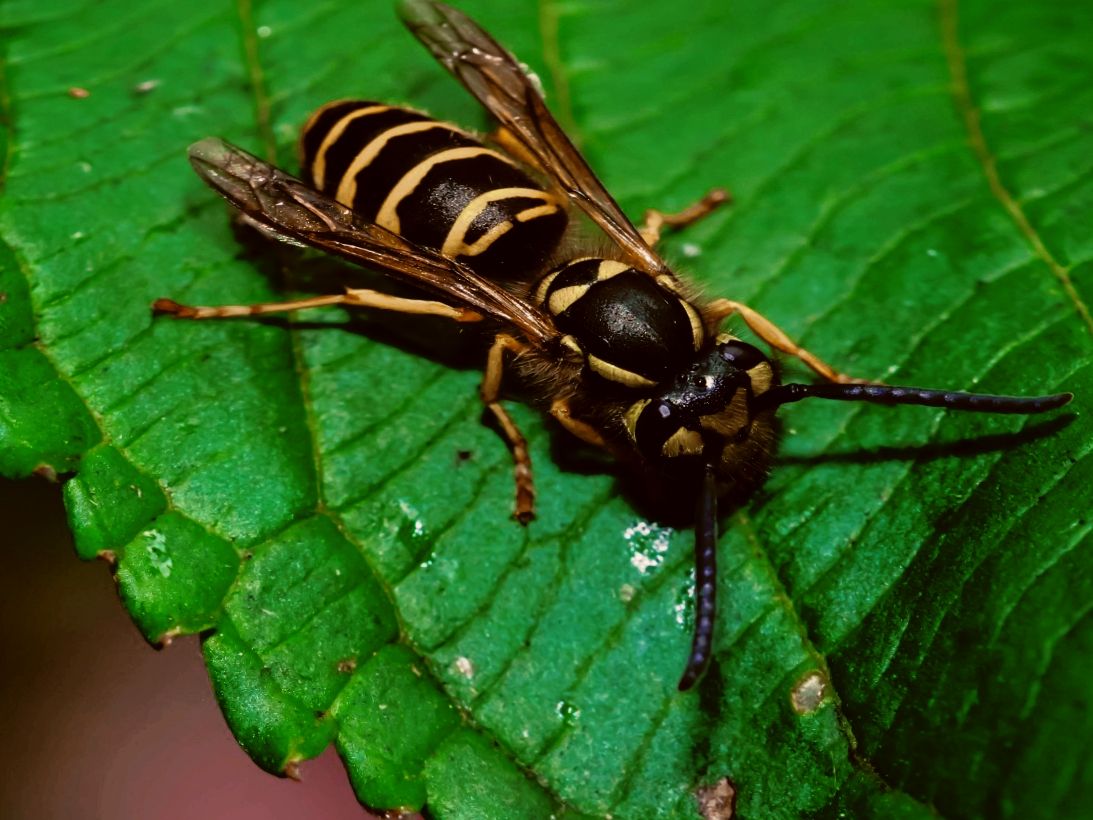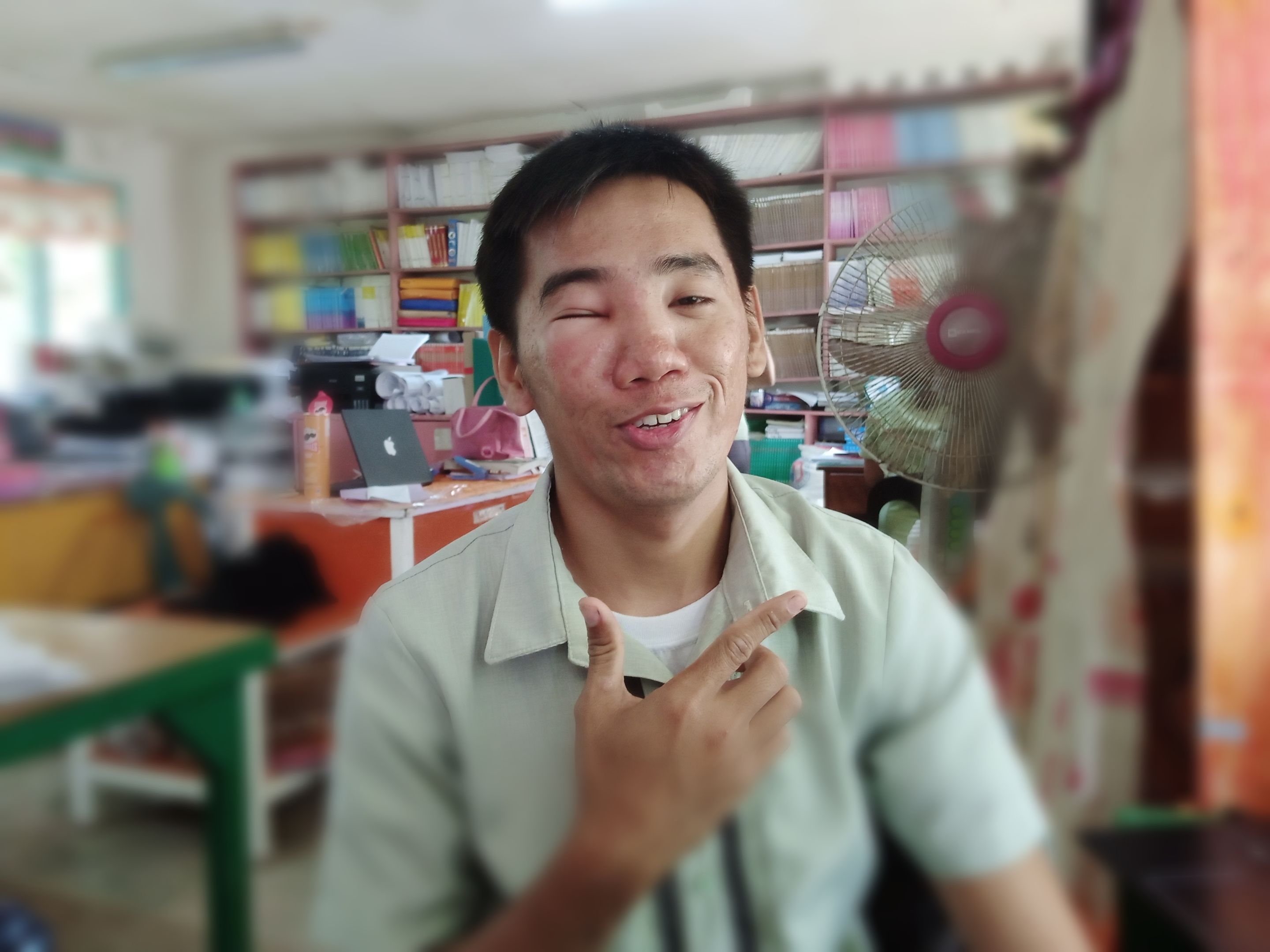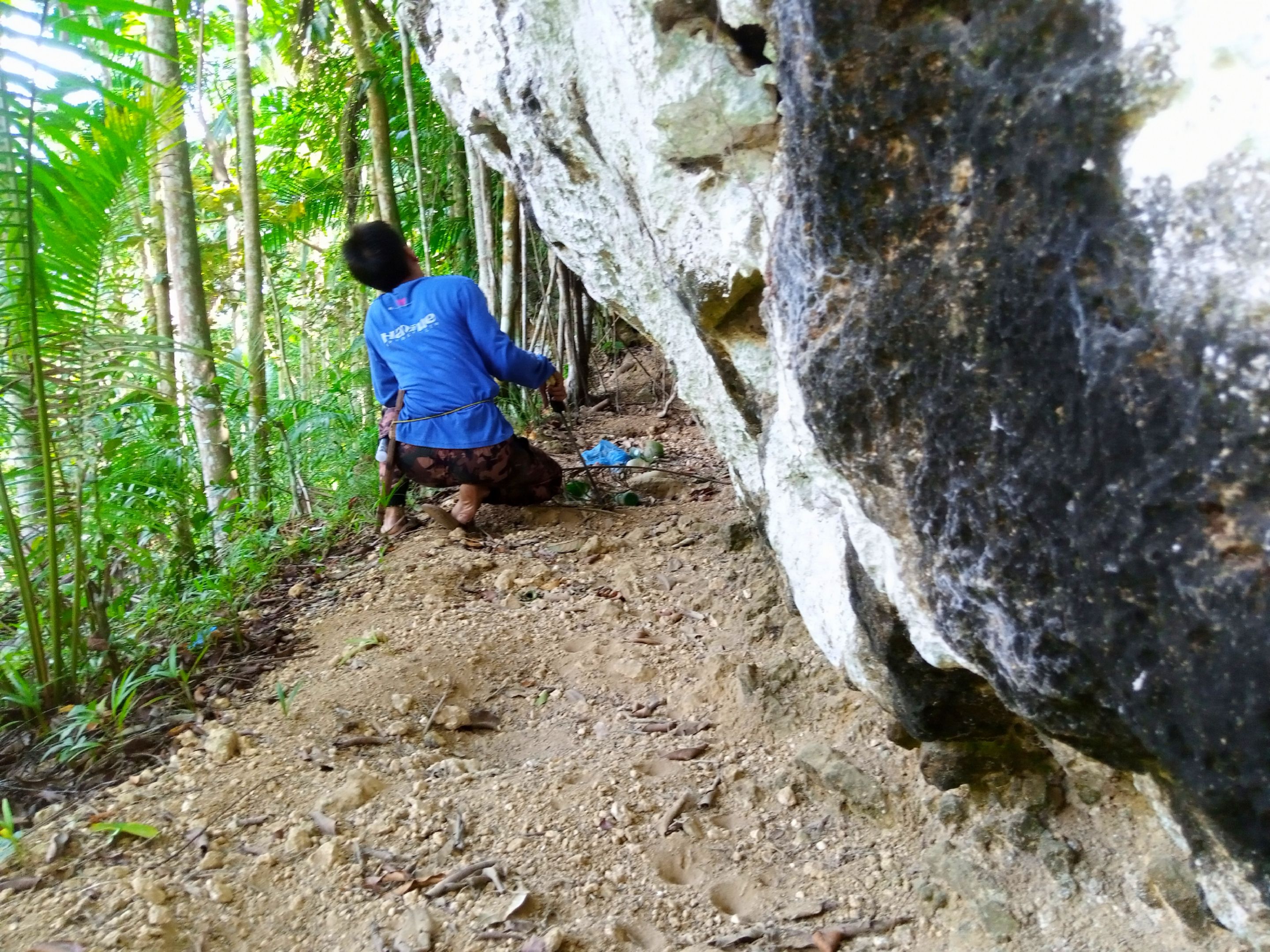Today let’s learn how this stingy amazing insect works.

Also called as The Yellow Jacket Wasp, such insects are common here in the Philippines. They are often misunderstood insects and are often perceived as pests due to its aggressiveness and troublesome sting. But what they contribute in return is that they do play an important role in the ecosystem and in our health.
With its fascinating color, a Lampinig is a type of wasp with a yellow-black stripe which suggest warning. Maybe this is where the idea on safety signages, accident prone areas, and crime scene are derived. They mostly live on rocks, on top of trees or abandoned houses. Lampinigs look like bees and works like bees but differs in some description: Lampinigs have long legs, not hairy, long thin wings and has very thin waist. Bees are chubby like Jolibee.
Its potent sting serves as defense for predators and not for attacking preys. It is invertebrate and omnivorous in nature as it consumes human scraps, caterpillars, insect eggs, fruits and flower nectars. Lampinigs are attracted to edible fruits. It doesn’t consume blood though. It is quite small which reaches up to ¾ of an inch in length only but is equipped with venomous sting. Its sting can cause painful reaction to human but beneficial. With sting as colloid as milk is beneficial actually. It is also life threatening to anemic people for they lack iron which worsen and weakens the blood.
Like ants, they live in hives with queen workers and mating males. The Queen is responsible for the population and maintenance of the colony. Workers are obliged for the food gathering, attack and defense like bees and health of the colony; while dominant males are for mating purposes. Female Lampinigs are distinctly longer than males while males are a bit beautiful and darker in color.
Harms
The Lampinigs only attack when their colony is disturbed and when they are accidentally hurt. When it stings to humans, it mostly dies too. For when it injects you, the flesh and its rear shell attached to the sting is also left behind. They can’t remove it quickly till they are snapped by you. Its flesh is white and its sting is colloidally white. Thus, it stings once. When it lands on you considering you as the predator, it has no time for the bite because it only bites on preys and food like bees. The sting is its only and ultimate weapon to its survival. They usually access on our exposed skin like arms, neck and face.

Benefits
On the other side, Lampinig brings you a couple of benefits. One is that it is one of the pollinators. Like bees, and birds, they sip on nectars and transfer it to nearby flower. One by one, it helps trees (like Guavas, Tambis or water apple, Boongon or citrus, Caimito or star apples, Eba or Balimbing) and to some bushes (like Santo Papa, Guarnas, Aguyangyang, Kanaka and Langgi-langgi) to bear fruits. With regards to our health, it is anticancer according to some study, both anti-inflammatory and inflammatory depending on the area bitten, pain relieving properties and may cure swollen acnes and matag-tiki or boils. It won't make a person weak after the sting but creates only a slight headache few minutes after the sting as it integrates into someone’s blood.

Reflection
Being a yearly victim of these insects, I am immune to its venom. Rarely, when I climb trees to get food for my goats, I accidentally pissed them; when I manghabas (mow) the bushes where they live (got no idea that they live there) they buzz me through; and upon driving to work early in the morning, they seldom stuck on my face. As per experience, Its swollen effect usually last for 2 and half days. During the suffering, it is very bothersome on my face, my eyes is always teary, I can hardly see as the swell covers my eyes.
So, if you live on remote areas like me where there are bushes, rivers, coconut trees, or near cliffs, that is where they are usually hived. So be alert and don’t moved when you see one. Overall, when you encounter such insect wasps, you have nothing to worry about for your health. Hehe! See yah for our next experiences.
